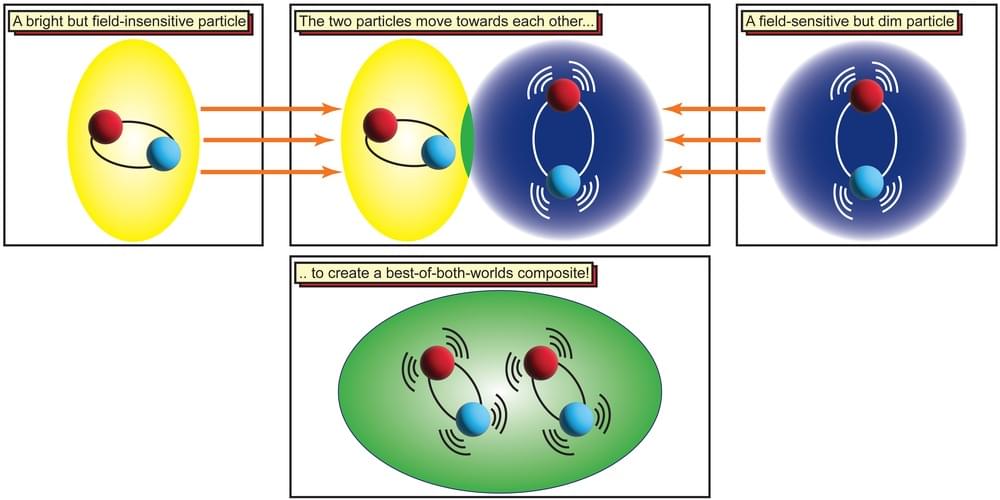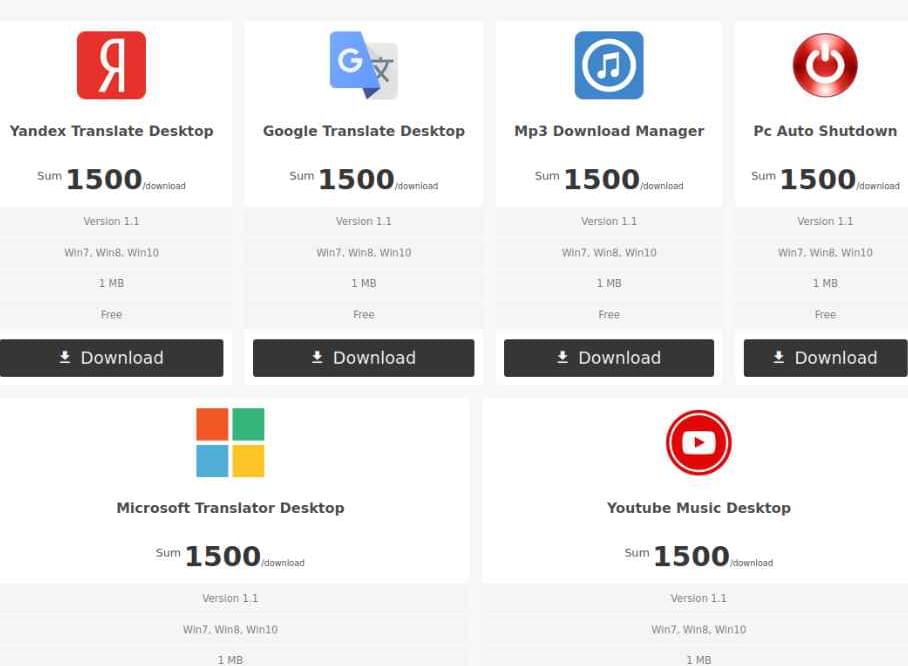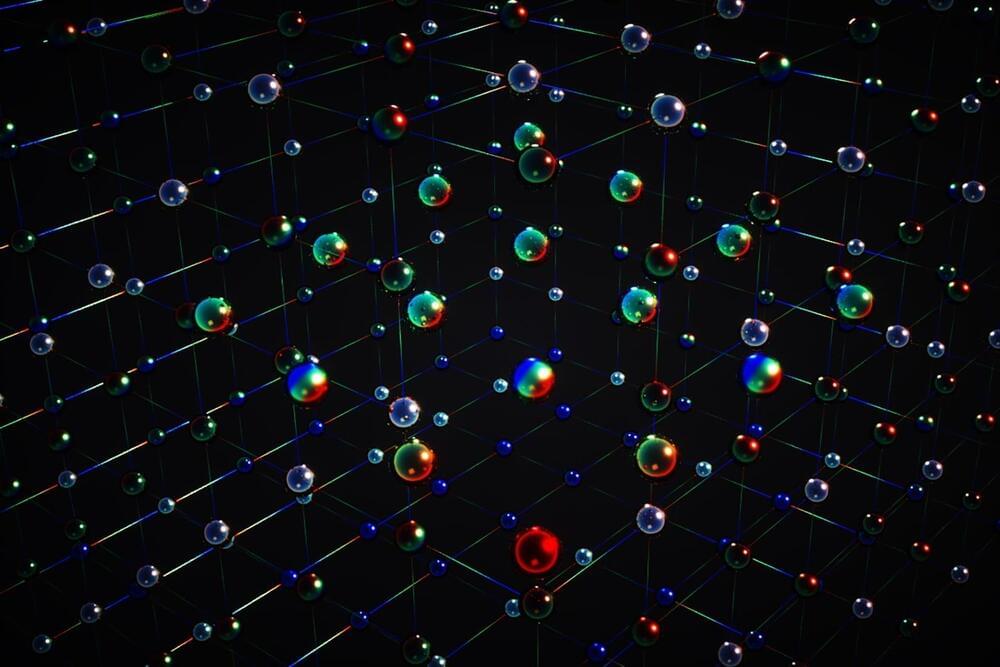Hydrogen (H 2) is currently discussed as an ideal energy carrier in a world requiring renewable energies. Hydrogen has the highest gravimetric energy density of all chemical fuels (141 MJ/kg), which is three times higher than gasoline (46 MJ/kg). However, its low volumetric density restricts its widespread use in transportation applications —as current storage options require a lot of space.
At ambient temperature, hydrogen is a gas, and one kilogram of hydrogen occupies a volume of 12,000 liters (12 cubic meters). In fuel-cell vehicles, hydrogen is stored under a very high pressure of 700 times the atmospheric pressure, which reduces the volume to 25 liters per kilogram of H 2.
Liquid hydrogen shows a higher density resulting in 14 liters per kilogram, but it requires extremely low temperatures since the boiling point of hydrogen is minus 253 °C.










 עברית (Hebrew)
עברית (Hebrew)